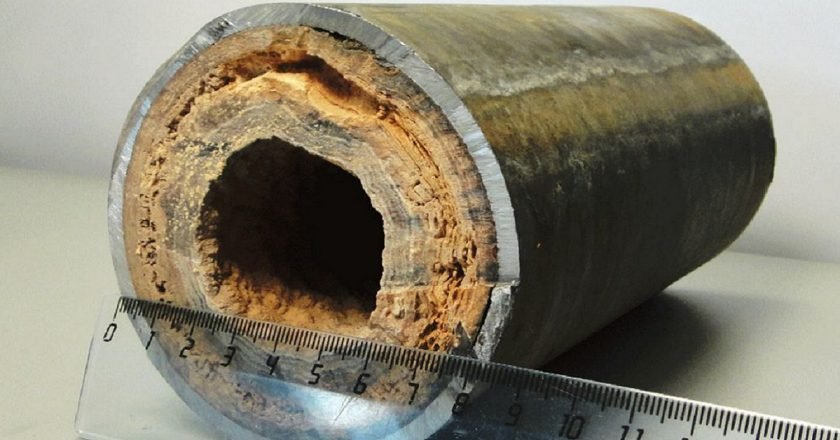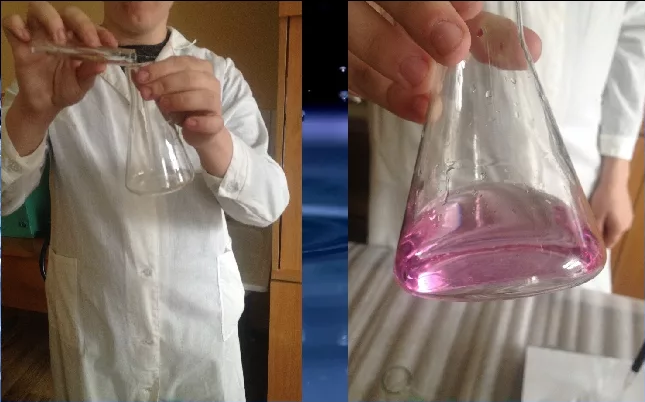
1. Chrome black T indicator (referred to as BT or EBT)
Chrome black T refers to brown powder, sodium salt with metallic luster. The most suitable pH range for water hardness testing is 9~10.5. Chrome black T is often used as an indicator when determining the total hardness of water in general chemistry. When the titration reaches the end point, the color of the water sample solution will change from purple to blue, and the color change is quite obvious, so it is easier to distinguish.Chrome black T is insoluble in water, but soluble in methanol or ethanol. After being formulated into a solution, its function is susceptible to air oxidation and gradually becomes invalid. Therefore, you need to add a reducing protective agent (such as ascorbic acid or hydroxylamine hydrochloride) when preparing it, which can extend its use time.
In daily use, chrome black T can be mixed with neutral salts such as NaCl or KCl in a ratio of 1:100, and then stored in a desiccator, which can also extend its lifespan. It is equivalent to taking 0.1g with a medicine spoon during testing. In chrome black T1mg。

2. Calcium indicator (abbreviated as BB)
The calcium indicator is a purple-black powder, which is very stable compared to other indicators. But its aqueous solution and ethanol solution are unstable, and it can be used as a solid indicator with dry NaCl and KCl (1:100) in daily life, which is called calcium red in the industry. But this kind of solid indicator can also be gradually oxidized. Generally, the pigment concentration will decrease by 10%~20% after being placed for several months, but the decomposition products will not affect the discoloration of the indicator.This calcium indicator can show blue in the range of pH=12~14. It can generate purple-red complex ion with calcium ion (Ca2+). It is often used for the determination of Ca2 ion when Ca2 and Mg2 ions coexist. When measuring, you need to adjust the pH of the water sample solution to 12 to generate a Mg(OH)2 precipitate, which is then removed from the solution, and then directly titrated calcium ions. However, in order to reduce the adsorption of the indicator to the precipitation, the indicator should generally be added after the precipitation of Mg(OH)2. When it reaches the end point, the water sample solution will change from purple-red to pure blue.
The above is the classification of common water hardness measurement indicators and the main points of their use. I hope everyone can master them.



